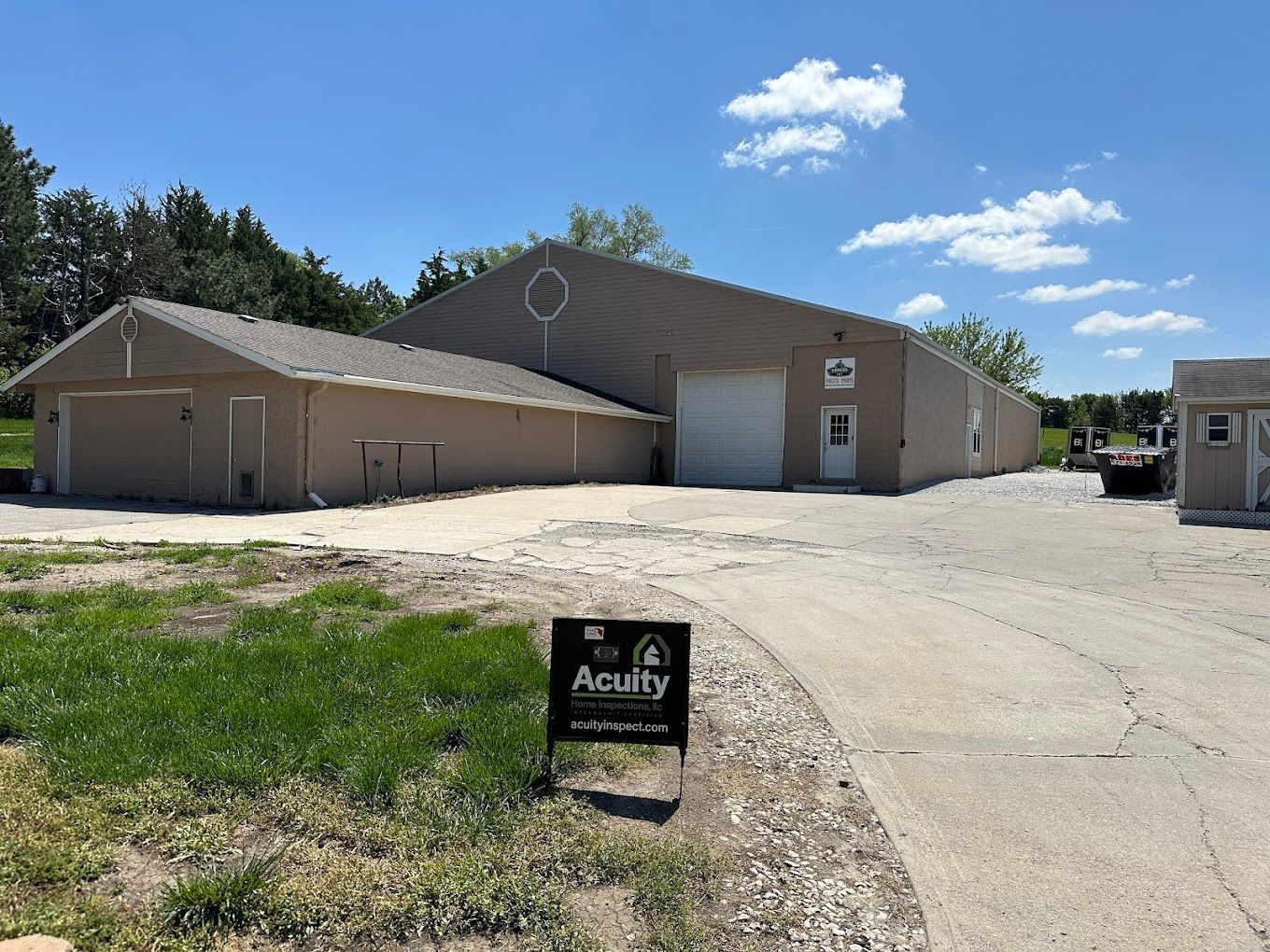Commercial Property Inspections in Omaha, NE
When managing or investing in commercial real estate, understanding the true condition and value of your property is crucial
At Acuity Property Inspections, we offer comprehensive commercial property inspections in Omaha, NE, tailored to meet your specific needs. Our expert team conducts meticulous evaluations of every aspect of the property, from structural integrity and systems to safety compliance.
We provide detailed insights that help you make informed decisions, whether you’re purchasing a new property, assessing ongoing maintenance needs, or planning upgrades. Our thorough inspections ensure that you have a complete picture of your investment, enabling you to safeguard and enhance your commercial real estate asset with confidence.
What We Assess During a Commercial Property Inspection
Structural Integrity
We examine the building’s foundation, walls, roof, and overall structure to identify any signs of damage, deterioration, or potential structural issues. Ensuring the structural stability of your property is crucial for its safety and longevity.
Exterior Evaluation
Our inspection includes a thorough assessment of the exterior components such as siding, windows, doors, and parking areas. We look for issues such as wear and tear, water damage, or safety hazards that could impact the property’s functionality and appearance.
Systems and Equipment
We evaluate critical systems and equipment, including HVAC (heating, ventilation, and air conditioning), plumbing, and electrical systems. We test their functionality and check for any signs of malfunction or compliance with current codes.
Interior Inspection
Inside the property, we inspect the condition of common areas, offices, restrooms, and any specialized spaces. We assess the condition of flooring, walls, ceilings, and fixtures, as well as check for signs of wear or needed repairs.
Safety and Compliance
We ensure that the property meets local safety and regulatory standards. This includes checking fire safety systems, emergency exits, and accessibility features to confirm that the property complies with relevant codes and regulations.
Detailed Reporting
After the inspection, we provide a comprehensive report detailing our findings, complete with high-resolution photographs and clear explanations. Our reports help you understand the current condition of the property, identify any issues, and plan for necessary repairs or improvements.
Why Choose Acuity Property Inspections for Your Commercial Property Needs?
- Experienced Experts: Our team of certified inspectors brings extensive experience in commercial property evaluations. We are skilled in assessing a wide range of commercial properties, from office buildings and retail spaces to industrial facilities.
- In-Depth Analysis: We provide a thorough analysis of every critical aspect of the property, ensuring that no detail is overlooked. Our goal is to give you a complete understanding of the property’s condition and potential issues.
- Client-Focused Service:
We prioritize your needs and work closely with you to deliver personalized service. Our inspectors are dedicated to answering your questions and providing clear, actionable insights that support your decision-making process.
- Timely and Reliable:
We understand the importance of timely information in commercial real estate transactions. Our team works efficiently to complete inspections and deliver accurate reports within your required timeframe, helping you move forward with confidence.
- Advanced Technology: We use state-of-the-art technology to enhance the accuracy of our inspections. Tools like thermal imaging and moisture meters allow us to detect hidden issues and provide a precise evaluation of the property.
Get Started with Your Commercial Property Inspection
Whether you’re considering purchasing a commercial property, managing existing assets, or evaluating potential upgrades, Acuity Property Inspections is here to help. Contact us to schedule your commercial property inspection in Omaha, NE, and ensure your investment is secure and well-informed. Our expert team is ready to provide you with the detailed insights you need to make sound property decisions.












